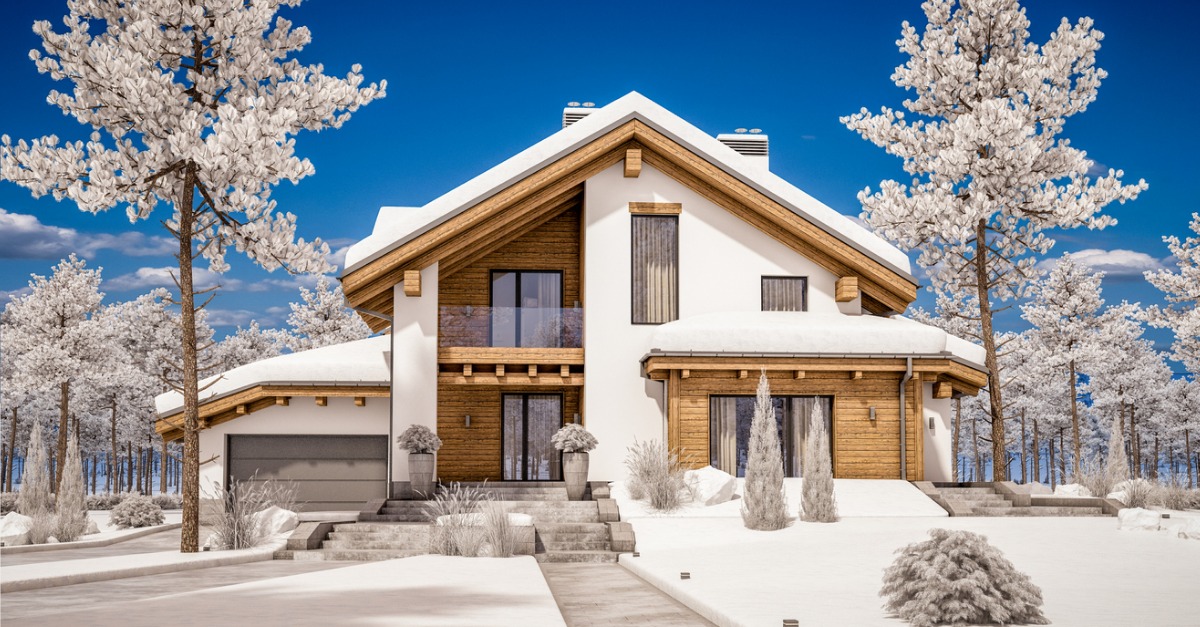During the winter, large swaths of the country face weather conditions that can cause significant and expensive damage to houses. If damage occurs because you failed to adequately maintain your home or deal with the effects of a storm, your homeowners insurance might not pay for repairs. Here are some things to look out for this winter:
Snow Damage
Many people don’t realize how heavy snow is. The weight of snow can cause gutters to come loose or fall down or put so much stress on the roof that it becomes difficult to open windows and doors. Wet, heavy snow that piles up could even cause the roof to collapse, which could injure people inside and make your home uninhabitable. A large amount of snow on a roof can also cause leaks.
After a significant snowstorm, use a roof rake to pull snow off the roof, reduce the amount of weight and prevent damage. A roof rake is typically made of aluminum and has a long handle to allow a person to stand on the ground and remove snow from the roof. If you don’t know how to use a roof rake, ask someone to show you, or hire a contractor. Even if you think your roof can handle the weight of the current amount of snow, another storm could be right around the corner, and the combined weight of the snow from two storms could be too much for your roof to bear.
Ice Dams
If warm air escapes from the attic, it can melt snow on the roof. The water can run down the sides of the roof and refreeze in colder areas along the eaves and gutters. As more water melts, it will be unable to reach the gutters. This can result in ice dams, large chunks of ice along the edge of the roof that can cause leaks, damage shingles and send the gutters falling to the ground. Water may also flow down the sides of the gutters and enter the ground. It can then leak into the basement or damage the foundation.
You can prevent ice dams by insulating the floor in the attic to prevent heat from escaping the living area, ventilating the attic and keeping the gutters clear of debris so melted snow can flow to the downspouts. In some cases, heating cables can be used to prevent ice dams from forming.
Icicles
Sometimes large icicles form along the edge of a roof. They can grow to be long, sharp and heavy, which makes them a serious safety hazard. If your house tends to have icicles hanging from the edge of the roof in the winter, heat could be escaping from the roof, which may be a telltale sign that you need more insulation.
Avoid Winter Damage
If winter weather is inevitable where you live, take steps to protect your home. Remove snow from your roof to prevent damage and make sure your attic is well insulated and ventilated to prevent ice dams and icicles.











